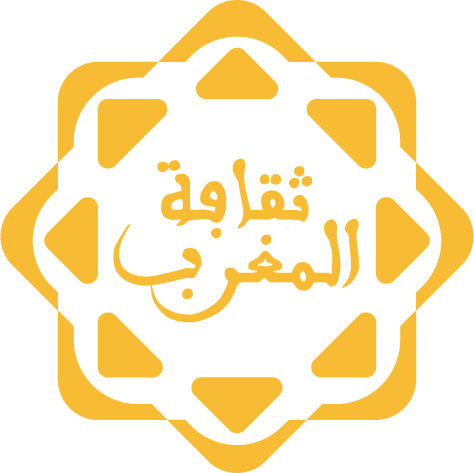
Moroccan Caftan
The Modern Evolution of Moroccan Caftans and Their Influence on Fashion Today
The Moroccan caftan, a garment that traces its roots back centuries, continues to captivate the world with its timeless beauty and cultural significance. Traditionally worn as a symbol of elegance and grace, it has evolved over the years into a global fashion icon, blending heritage with modern trends. Today, Moroccan caftans are not only a staple of Middle Eastern and North African wardrobes but also a sought-after item on international runways, red carpets, and haute couture collections.
A Brief History
The caftan’s journey began in the 9th century, originally a loose, long robe worn by both men and women in the Ottoman Empire. However, it was in Morocco that the caftan truly blossomed into a symbol of luxury and refinement. Worn for special occasions such as weddings, religious festivals, and royal events, Moroccan caftans were traditionally made from luxurious fabrics like silk, velvet, and brocade, adorned with intricate embroidery and delicate beadwork.
The Modern Transformation
In the 21st century, Moroccan caftans have undergone a transformation, fusing traditional elements with contemporary fashion trends. Designers are experimenting with new cuts, fabrics, and embellishments, allowing the caftan to transcend its ceremonial origins and become a versatile piece suitable for everyday wear, as well as haute couture occasions.
The modern caftan may still retain its flowing silhouette and rich embroidery, but it now features daring cuts, vibrant colors, and innovative details that appeal to a global audience. The use of lightweight materials, for example, has made the caftan suitable for warmer climates, while sleek tailoring and modern patterns have allowed it to take on a more cosmopolitan feel.
The Caftan on the Global Stage
Moroccan caftans have become a symbol of opulence and grace in the fashion industry, gaining recognition on international runways and influencing global fashion trends. High-profile figures, including celebrities and royals, have embraced the caftan, wearing it to galas, red carpets, and high-fashion events. The caftan’s appeal lies in its ability to effortlessly merge cultural heritage with contemporary style.
Designers like Moroccan-born, Paris-based fashion designer, Amine Bendriouich, have taken the caftan to new heights by creating modern, couture versions of the garment. His work reinterprets the caftan as a high-fashion statement, often pairing traditional handcrafts with avant-garde elements. Similarly, designers like Rym El Azhari and Kenza Elkhadraoui blend local craftsmanship with bold contemporary aesthetics, bringing the caftan into the spotlight of international fashion circles.
The Influence on Fashion Trends
The influence of the Moroccan caftan has been far-reaching, particularly in the realm of evening wear and bridal fashion. Many designers have incorporated the caftan’s signature elements—such as its flowing sleeves, intricate beadwork, and graceful draping—into their collections, elevating these features to the global stage. The caftan’s ability to merge both comfort and glamour has made it a favorite for brides seeking a unique yet sophisticated wedding dress alternative.
Moreover, the caftan’s influence can also be seen in mainstream fashion. High-street brands have embraced the flowing, relaxed shapes of the caftan, creating variations that can be worn as summer dresses, beachwear, or evening gowns. These more accessible versions have made the caftan more versatile than ever, appealing to a diverse audience that values style, comfort, and cultural appreciation.
Cultural Significance in Modern Times
While the modern caftan has evolved, it remains deeply embedded in Moroccan culture. It is a symbol of pride, heritage, and craftsmanship. Many caftans are still made by hand, with skilled artisans applying centuries-old techniques to create intricate embroidery and delicate embellishments. The garment has also become an emblem of Moroccan femininity, celebrating the beauty and strength of women across the region.
For those wearing the caftan outside of Morocco, it has become a way of celebrating and honoring the culture, while also showcasing an appreciation for the fine artistry involved in its creation. As global interest in Moroccan fashion continues to grow, so too does the recognition of the caftan as a symbol of cultural richness and sophistication.
Conclusion
The Moroccan caftan is much more than just a beautiful garment; it’s a piece of history, a canvas for contemporary design, and a statement of cultural pride. As it continues to evolve and influence global fashion, the caftan remains a testament to the enduring power of traditional craftsmanship and its ability to adapt to the modern world. Whether on the streets of Casablanca or the runways of Paris, the Moroccan caftan is an enduring symbol of elegance, sophistication, and the rich tapestry of Moroccan heritage.

Leave a Reply